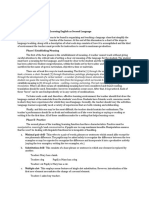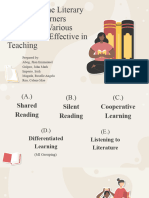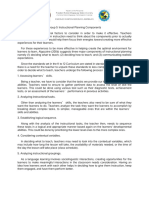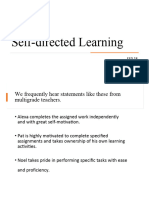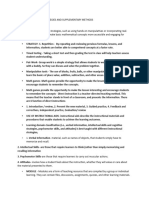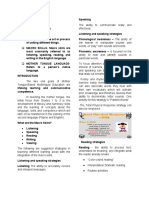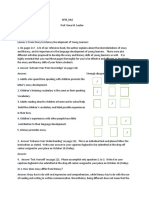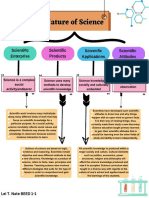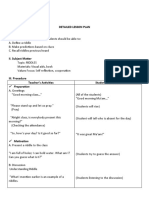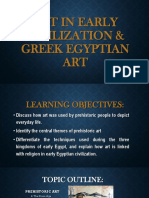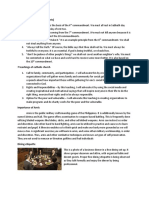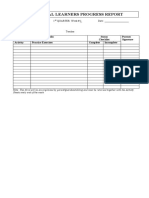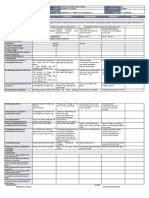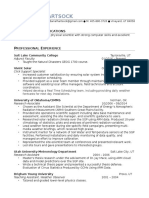0% found this document useful (0 votes)
3K views20 pagesLesson 10 Gamification in Teaching English
This document discusses gamification in teaching English. It defines gamification as integrating game-like mechanics into traditionally non-gaming scenarios. The document outlines four core game elements - engagement, opportunities for practice, assessment, and feedback. It then provides steps for teachers to gamify their lessons, which include surveying learners, defining learning goals, structuring the gamified experience, identifying resources, and applying a feedback mechanism. The overall goal of gamification is to make learning fun and engaging for students.
Uploaded by
ReynanCopyright
© © All Rights Reserved
We take content rights seriously. If you suspect this is your content, claim it here.
Available Formats
Download as PDF, TXT or read online on Scribd
0% found this document useful (0 votes)
3K views20 pagesLesson 10 Gamification in Teaching English
This document discusses gamification in teaching English. It defines gamification as integrating game-like mechanics into traditionally non-gaming scenarios. The document outlines four core game elements - engagement, opportunities for practice, assessment, and feedback. It then provides steps for teachers to gamify their lessons, which include surveying learners, defining learning goals, structuring the gamified experience, identifying resources, and applying a feedback mechanism. The overall goal of gamification is to make learning fun and engaging for students.
Uploaded by
ReynanCopyright
© © All Rights Reserved
We take content rights seriously. If you suspect this is your content, claim it here.
Available Formats
Download as PDF, TXT or read online on Scribd
/ 20













